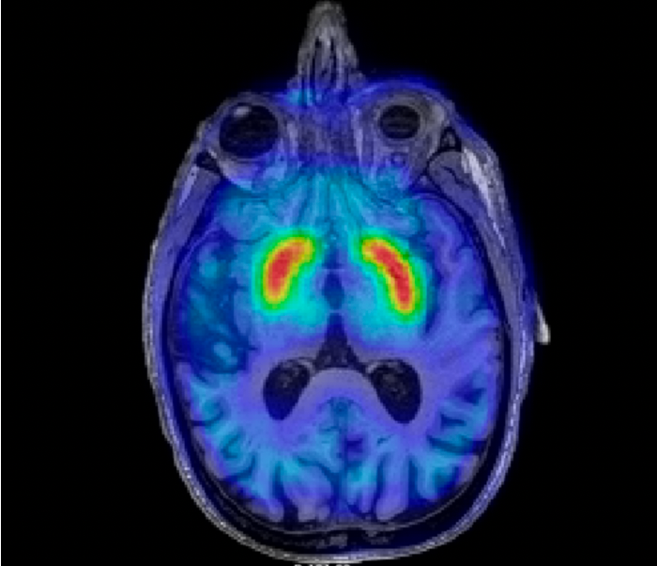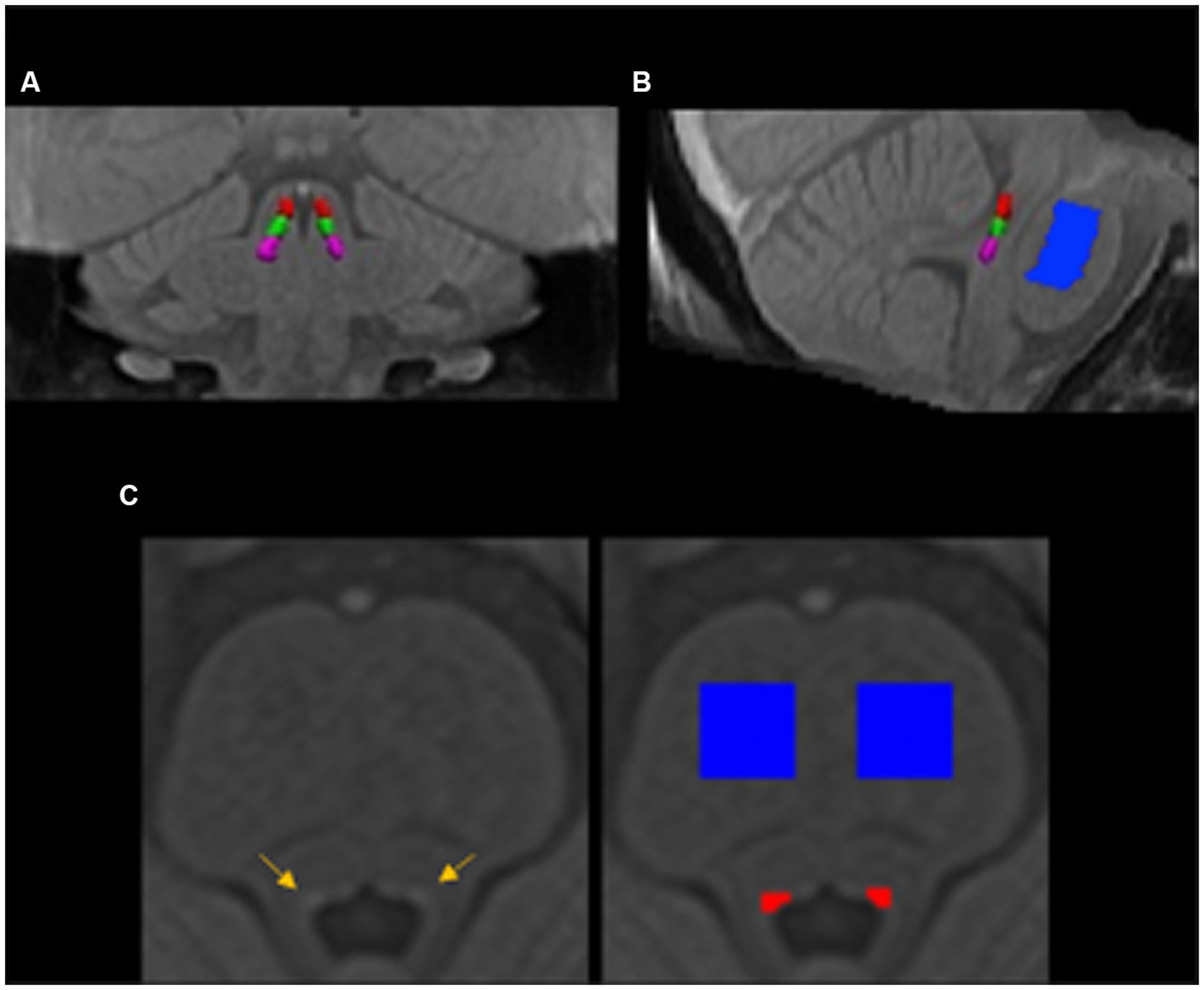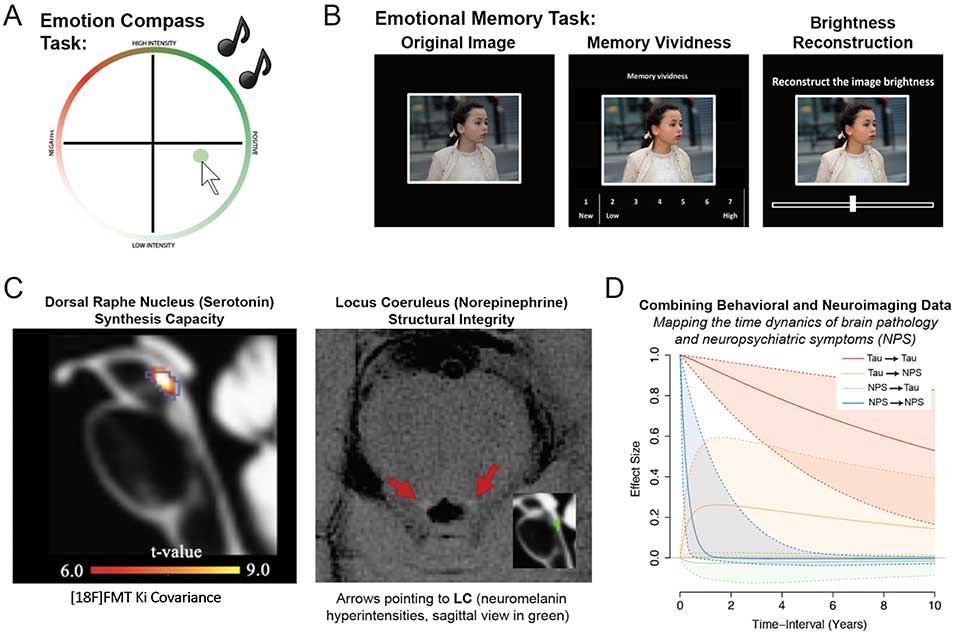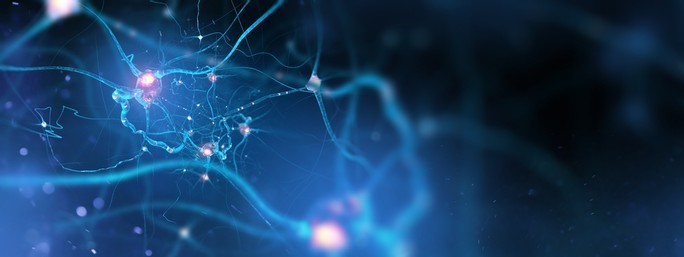The Neurochemistry and Cognition Lab, led by principal investigator Anne Berry, examines relationships among neurochemistry, brain activity and cognition in humans.
 Dopamine System
Dopamine System
Aging is accompanied by reductions in multiple components of the dopamine system and concomitant declines in cognition. Alterations in dopamine signaling have been posited to be major drivers of age-related changes in multiple cognitive domains including reward processing, memory encoding and memory consolidation. Dopamine is critical for prioritizing motivationally significant events in long-term memory so that past experiences can guide future choices.
In the lab, we use simultaneous functional MRI (fMRI) and positron emission tomography (PET) to study brain activity and dopamine function. We use the PET radiotracers [11C]Raclopride to visualize dopamine receptor density and [18F]FMT to visualize catecholamine synthesis capacity. Ongoing work has also used methylphenidate, a dopamine enhancing drug, to study influences of dopamine on subsequent memory. Studies of the dopamine system in aging are positioned to improve our understanding of the neurochemical factors that modulate cognition in the presence of age-related pathology.
Naturalistic Methods
In addition to traditional types of assessments, such as neuropsychological testing, our lab uses naturalistic methods, including movie watching tasks and the monitoring of daily life activities and experiences, to study cognitive and affective processes across the adult life span. Movies engage attentional, emotional, narrative, and contextual processes that people use every day.
Complementing lab-based assessments, the daily life sampling of activities and experiences measures dynamic changes in mood, motivation, and cognition across short time scales. We have also integrated passive sensing methods into our work (i.e., Oura rings, GPS geolocation) that enable us to capture rich, physiological (e.g., sleep quality, heart-rate variability) and behavioral data in everyday settings.
By integrating these methods with other behavioral and neuroimaging methods used in the lab, we not only enhance ecological validity, but also increase analytical sensitivity, helping to uncover the patterns and rhythms that traditional methods may miss. Moreover, it is our hope that continued investigation using naturalistic methods will ultimately inform the development of interventions to support cognitive health and well-being in in older age.

 Curiosity & Decision-Making
Curiosity & Decision-Making
Why do we seek out new knowledge? What drives us to learn, explore, and grow? At the heart of this drive is curiosity—a powerful intrinsic motivator rooted in our brain’s chemistry.
Our lab investigates how curiosity shapes learning and memory, and how it may support cognitive resilience across the lifespan, especially in aging. Using advanced neuroimaging, including MRI and PET, and pupillometry, we study the locus coeruleus (LC), which is the brain’s primary source of norepinephrine and a crucial hub for novelty detection and cognitive flexibility. Our work explores how LC structure and function influence curiosity, and how this relationship changes with age. We're especially interested in whether curiosity can be harnessed to promote learning and mental well-being in older adults.
Emotion and Age
Current research has established that there may be a “positivity effect” in aging, where an individual will disengage from negative information and will remember positive information more. To delve deeper into this effect, we have two behavioral studies that evaluate emotion’s impact on memory.
To explore the nuances in the perception of emotional information, we first look at the differences of how one perceives emotional information with the use of the “Emotion Compass” (Figure A). In this task, participants listen to instrumental music designed to elicit emotions varying in valence and arousal levels while rating how the music makes them feel in real time. The music ratings are then mapped back onto the behavioral data from the memory task that participants complete beforehand to see how one’s emotional perception of information may impact their memory.
Another study evaluates subjective vividness and objective memory quality using emotionally charged images (Figure B). Using advanced neuroimaging measures, we can examine neuromodulator systems that have been implicated in both emotional regulation and memory. Specifically, we use unique PET tracers and neuromelanin-sensitive MRI scans that allow us to understand the serotonin and norepinephrine systems (Figure C).
Because these brainstem systems are some of the very first to begin accumulating abnormal pathology associated with Alzheimer’s disease, and neuropsychiatric symptoms can precede any clinical declines, our work aims to evaluate how brainstem function, pathology, and mood-related changes interact with varying aging trajectories. We can do so by combining our unique behavioral and neuroimaging measures in complex analyses to better understand emotional changes in healthy and pathological aging (Figure D).

